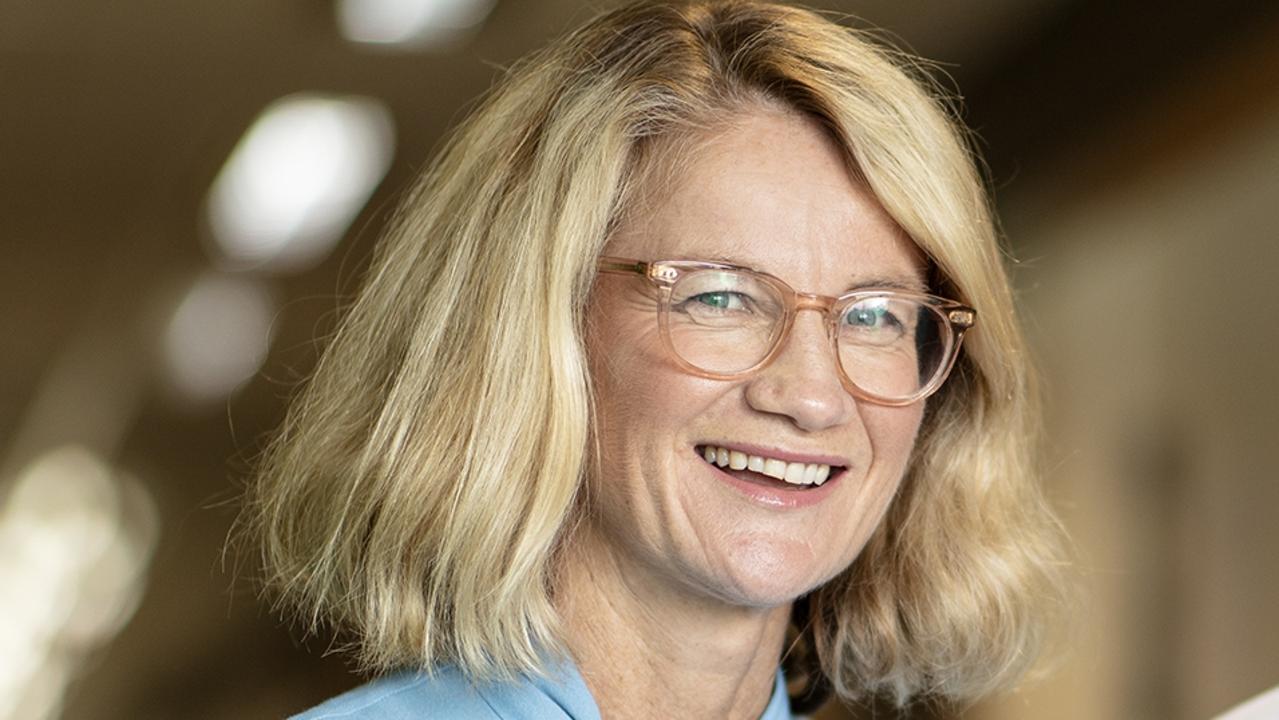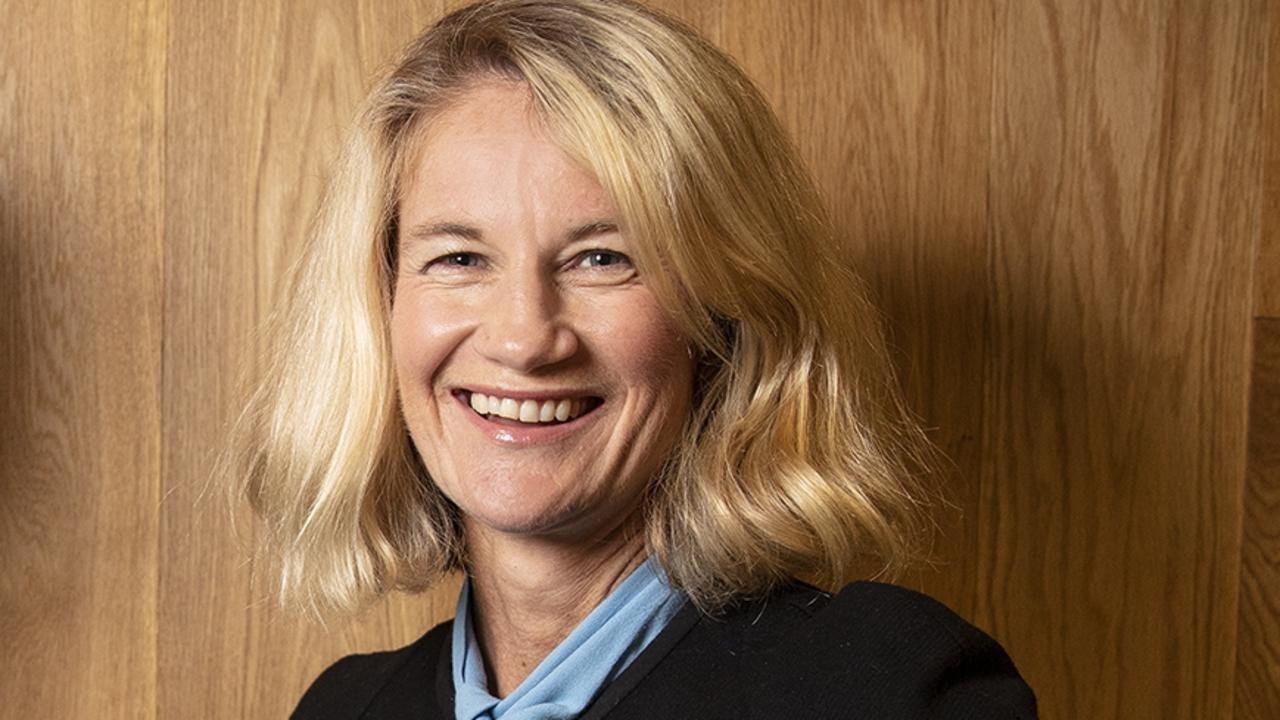The Australians set to miss out on $648b over decades
Experts have said this crucial issue is creating a “disadvantage for life” and employers need to step up and making changes.
Australian women will miss out on $684 billion in superannuation contributions due to the staggering amount of time it will take to close the gender pay gap, a new report has revealed.
It showed that it will take another 168 years to close the gender pay gap, which has risen in the past six months.
The national 14.1 per cent gender pay gap is now the single largest contributor to the retirement balance disparity between males and females, the report from super fund Aware found.
It revealed that women retired with a whopping 30 per cent less super than men in Australia.
In figures released exclusively to news.com.au, Aware’s research showed that women working in professional, scientific and technical are hardest hit by the super gap with a 25.3 per cent difference between men and women’s pay.
This equates to men earning an extra $585 a week in those sectors adding up to a whopping super gap of $175,000 at retirement.
The second biggest gap was 22.2 per cent in the healthcare and social assistance industries, which saw men getting paid $485 more a week, resulting in women’s super funds having $136,000 less at retirement.
Want to stream your news? Flash lets you stream 25+ news channels in 1 place. New to Flash? Try 1 month free. Offer ends 31 October, 2022 >

Meanwhile, it was bad news for women living in Western Australia which has the worst gender pay gap across the country, according to Aware analysis.
It found the gender pay gap in WA sat at 22.4 per cent, well above the national average, and amounting to men being paid an extra $471 a week. This saw women retiring with $141,000 less than men in WA.
Queensland boasted the second worst gender pay gap at 15.6 per cent, which sees men being paid $283 more a week than women, resulting in females retiring with $85,000 less.
Aware Super chief executive officer, Deanne Stewart, called for urgent action from employers across Australia to find practical solutions to tackle the inequality.
She added that when women are paid less than men it sets up a “domino effect of disadvantage for life”.
“Time is up for organisations which do not tackle the gender pay gap head-on, because the future of our women’s retirement security is at stake,” she said.
“Employers have the power to make positive change today through a range of initiatives such as pay equity audits, or making their organisation’s gender pay equity policy available to all staff.”

Its analysis also showed a 19 per cent pay gap between men and women in the financial and insurance services.
This resulted in men getting paid an extra $448 a week and women retiring $134,000 poorer after working in these professions.
Construction’s gender pay gap sat at 18 per cent, with females paid almost $338 less a month, and retiring with $101,000 less than their male counterparts.
It found that the real estate industry had a 17 per cent gender pay gap with men paid an extra $302 a week, which ultimately saw women retiring with $90,000 less in their super pot.

Mining also had a gender pay gap higher than the national average sitting at 16 per cent. This sees men paid $443 more a week and retire with a whopping $133,000 extra in their old age compared to women.
Ms Stewart warned that any solution to the superannuation pay gap should be in tune with the working lives of women.
“For instance, when women first enter the workforce, there should be policies in place to enshrine equal pay for equal jobs,” she said.
“When they leave the workforce to have children, this is when paid parental leave and a super guarantee on both paid and unpaid parental leave can help to close the gap.
“And when women return to work, affordable and accessible childcare is key to allowing full participation in the workforce, improving both pay and superannuation equity.”

News.com.au has previously highlighted the issue with one Aussie mum Michelle Maynard estimating she will have lost as much as $100,000 in superannuation by the time she retires — just from having two kids.
The average woman would have to add an extra $236 per month out of her own pocket into their super or work an extra 11 years to retire with the same super balance as men, found a report from fintech company Finder.
Aware’s analysis also revealed how each state and territory around the country fares when it comes to both the gender and super pay gap.
While WA and QLD’s gender pay gap soared above the national average, Victoria’s pay gap was on par with the country average meaning women miss out on $79,000 on retirement compared to men in that state.
New South Wales had the fourth worst gender pay gap across the country at 12.4 per cent with men paid an extra $233 a week leaving women with $70,000 less at retirement in the country’s biggest city.

The Northern Territory also had double digits when it came to the gender pay gap at 12 per cent equating to men retiring with $60,000 extra, while in the ACT it was 11.3 per cent meaning women’s super pots had $71,000 less.
For women, South Australia and Tasmania are the best places to live with gender pay gaps sitting at just over 7 per cent adding up to a difference of $37,000 more between men and women’s superannuation.
The Aware report added that the gender pay gap is even more alarming considering for every $1 a young female worker contributes to their super today, it is worth $4 in retirement.






